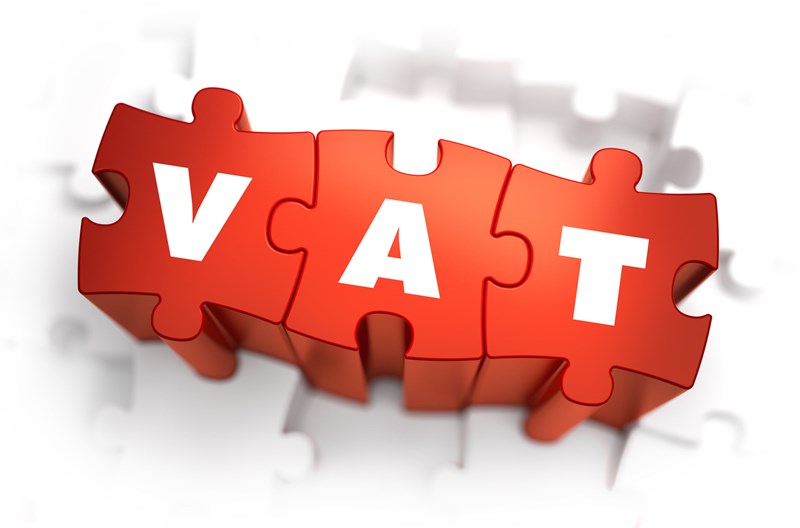There are three main VAT schemes available to small businesses:
- The flat rate scheme
- The annual accounting scheme
- The cash accounting scheme
The Flat Rate Scheme
The purpose of this VAT scheme is to simplify the way a business accounts for VAT and so reduce the cost of complying with their VAT obligations. With the VAT Flat Rate Scheme you pay VAT as a fixed percentage of your VAT inclusive turnover. The actual percentage you use depends on your type of business. The scheme is open to businesses that expect their annual taxable turnover in the next 12 months to be no more than £150,000, excluding VAT.
This is very different to the normal VAT accounting procedure where the VAT you pay to HMRC is the difference between the VAT you charge your customers and the VAT you pay on your purchases. The main advantage of the scheme is a reduced VAT bill. However, there are also cash flow benefits and the rules are much more straightforward than for traditional VAT accounting. A number of changes were made to the scheme earlier this year and it is important to ‘run the numbers’ to check if using the scheme remains beneficial.
Annual Accounting Scheme
The Annual Accounting Scheme is also aimed at smaller businesses. It can either be combined with the Flat Rate Sscheme or used by a business which uses standard VAT accounting. The scheme is open to businesses with a taxable turnover up to £1.35 million.
The annual accounting scheme reduces administration time and the associated cost of preparing and submitting quarterly VAT returns. The scheme can also help a business manage cash flow. Businesses that use the scheme are only required to file one VAT return at the end of each year.
Cash Accounting Scheme
Another popular small business scheme is the Cash Accounting Scheme. Under standard VAT accounting, VAT is payable on sales whether or not the customer has paid and can lead to a need to claim bad debt relief. Under this scheme VAT does not need to be paid over until the customer has paid. If the customer does not pay then the VAT is not payable. This clearly has cash flow benefits for traders which sell on credit. By contrast, using standard VAT accounting a business pays VAT on their sales whether or not they have been paid by their customer.
A business can enter this scheme provided the estimated VAT taxable turnover for the next VAT year is not more than £1.35 million. It can continue to use the scheme until the VAT taxable turnover exceeds £1.6 million. Businesses can’t use the flat rate scheme together with the cash accounting scheme. However, the flat rate scheme has its own cash based method for calculating turnover.
Planning note
Please call if you would like us to review your present VAT scheme to ensure that it produces the best outcome for your business.

